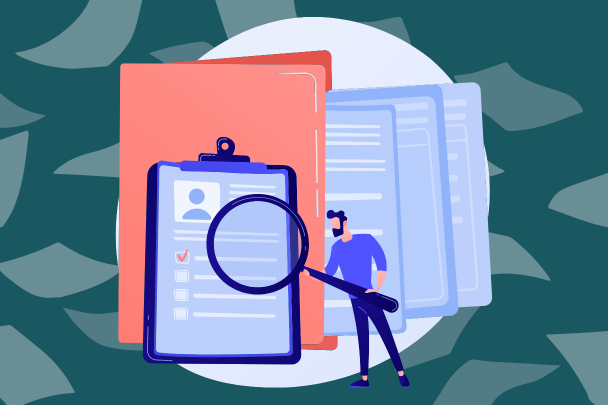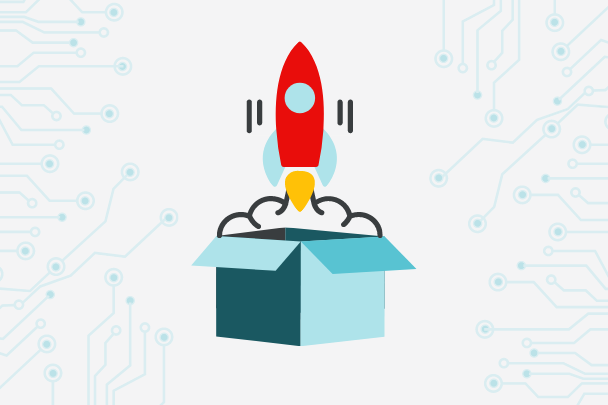Overview
What is Automated Document Classification and Discovery?
An Automated Document Classification and Discovery application is a type of software that uses Natural Language Processing (NLP), artificial intelligence (AI), and machine learning (ML) algorithms to automatically categorize and tag documents based on their content, allowing users to quickly search and retrieve documents (i.e., discovery) based on generated keywords or document tags.
The main tools used in this BoosterPack are Micronaut Framework, Apache Kafka, Tesseract Optical Character Recognition (OCR), PyTorch, and Elasticsearch. The entire solution is deployed across two servers: one server runs the Elasticsearch service, and the other runs the API and UI components.
What value will it add to my business?
Automated Document Classification and Discovery applications can help organizations save time and reduce costs by automating the manual process of organizing and categorizing documents, and making it easier for users to find relevant information quickly and efficiently.
This solution:
- is fully open-source – there are no licensing costs to use this BoosterPack.
- is cloud-agnostic – it can be deployed on various cloud platforms.
- implements a microservices-based architecture – the entire application is a collection of loosely coupled services, with each service being independently deployable, highly maintainable, and testable.
- is flexible – it can easily be customized to be adapted for various business cases.
Why choose Automated Document Classification and Discovery over the alternatives?
Traditionally, organizations must build custom solutions or purchase expensive document management solutions and build customizations to meet their needs. At the time of this BoosterPack, those alternatives still require manual steps as a significant part of the workflows for classifying documents.
This BoosterPack follows a generalized approach which suits most common document management needs, and helps organizations to get started quickly by using this AI-based solution as a foundation that reduces manual steps. And, because this solution leverages open-source tools, organizations have complete control to customize it according to their specific business use case.



